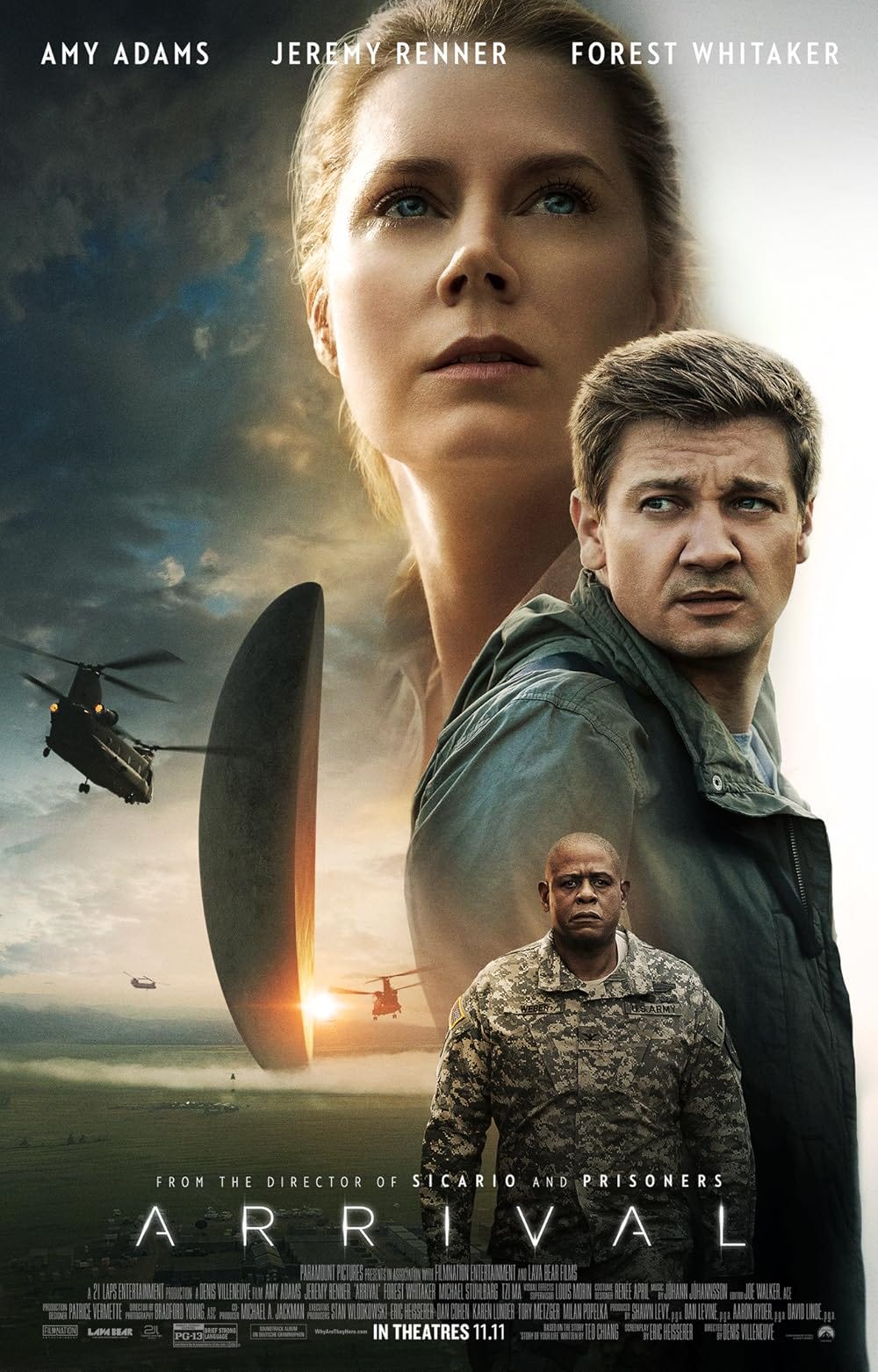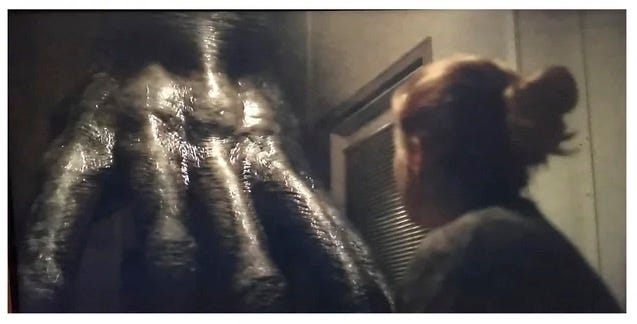The Scene Was Perfect… Until It Got Into the Edit Bay
What First-Time Filmmakers Don’t Expect About the Edit Bay
Here we go…
Time to catch you up on where I’ve been and what I’ve been working on so far this year. Over the next few weeks, I’ll be sharing updates on job interviews I’ve had and other fun adventures I’ve been up to.
I’ve written before about the unpredictability of this industry—how freelance life means stability is more of a myth than a reality. Right before Christmas, I found out I’d be going “dark” for a bit. It’s a common occurrence, but I like to keep my hands busy, so I took on an independent film edit for a low flat fee.
Why? A couple of reasons:
Supporting creatives at all stages of their careers is important to me. Indie films allow for a hands-on experience without networks and layers of executives weighing in.
If I can’t find paying work, I’d rather keep my skills sharp than sit idle.
And to indie filmmakers out there—never assume a pro is out of your budget. You might get a yes. The worst you’ll hear is no.
Kicking Off the Edit
In mid-January, I had my first deep-dive session with the film’s director and producer, navigating their first feature film. I always start with an info dump—a space for filmmakers to share their experiences. I avoid asking what went wrong, I want to create a space free of negativity, where filmmakers feel comfortable sharing their experience. Some of the questions I ask are:
How are you feeling about everything that happened on set?
What went right? What changed on set?
How do you feel about the footage?
Any “gotchas” I should know about?
Then, we watched down key footage. They had already pulled selects, so we jumped straight into scene work. My go-to questions:
What do you want this scene to convey?
What are the key story beats?
What works? What doesn’t?
I take copious notes because understanding the director’s vision helps me shape performance, nuance, and pacing.
The Emotional Shift from Set to Edit Bay
One thing I rarely hear discussed is what you feel on set is not what you feel in post. On set, performances are charged with energy—chemical reactions happen when humans share space. But in the edit bay? That’s stripped away. My first boss, Nic Valcour (G-d rest his soul), believed this wholeheartedly. Editing isn’t just about assembling footage; it’s about recreating emotion.
At the end of our session, we tackled what was missing and brainstormed creative ways to “fix it in post.” Because let’s be real—there’s always something. As long as the bones are there, we really can work magic in post.
Case in Point: Arrival
One of my favorite examples of this is Joe Walker’s work on Arrival. Instead of relying on multiple scenes with expository dialogue to explain why Amy Adams’ character could understand the aliens, Walker and Denis Villeneuve crafted a dream sequence using fragmented snippets of footage that had already been captured. It was a purely cinematic solution—showing instead of telling. That’s the beauty of film. A picture is worth a thousand words, and at 24 frames per second, we have endless possibilities.
Editing has a way of humbling you. What works on paper and even on set doesn’t always translate to the screen. It’s why books are often better than their adaptations—some things just work better in the mind’s eye. But that’s where creativity in post comes in.
I’ve been working on this film for about five weeks now, and I can’t wait to share more when it starts hitting the festival circuit (and I have no doubt it will). Hopefully, I’ll get to attend a few and give you a behind-the-scenes look.
Until next time,
Shawna Carroll
In case you haven’t seen it yet, I was on an episode of The Oscar Project we discussed a film that won the only Academy Award for Comedy direction:
You can also check out Jonathan’s episode about Arrival here:






